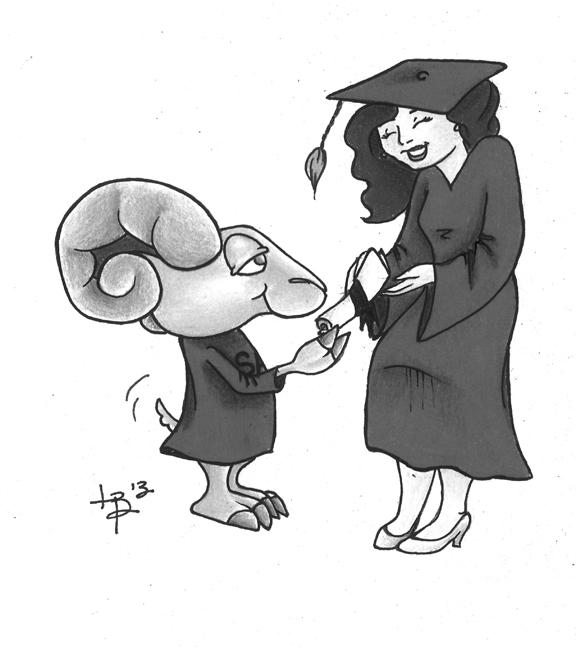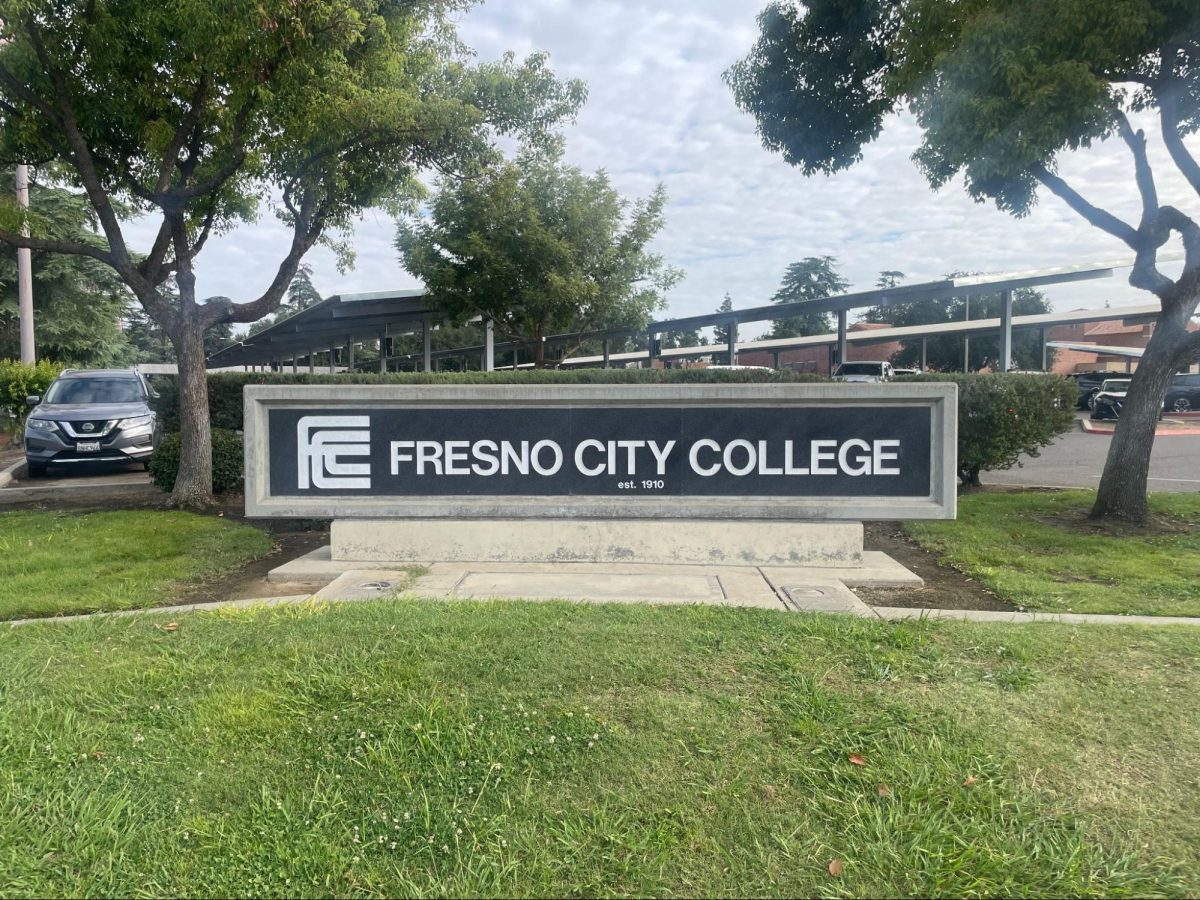Transferring on to a four-year college can be one of the most daunting processes for any community college student.
Courses need to be mapped out, schedules must be strategically planned and letters of recommendations secured – all consuming time and energy that the student is in short supply of.
Well, things just got easier for students wishing to transfer from a community college to a California State University, according to SB 1440, also known as the Transfer Achievement Reform Act.
This law, which went into effect in 2011-2012 and will be fully implemented by the 2014-2015 academic year, is a move in the right direction.
We applaud this added opportunity for all students in California community colleges, but we need the process to move more rapidly because our future depends on it.
According SB 1440, a student who has an associate degree for transfer and meets prescribed requirements is eligible for admission into a baccalaureate program at a California State University.
With the new transfer rules, students can glide through their AA-T or AS-T and move on to a CSU without wasting units. Both the associate for transfer and the bachelors may be achieved with a total of 120 units – 60 units from a community college and 60 from a CSU. This not only expedites the transfer process, it saves the state $160 million.
Why did no one think of this before?
It is well known that community college students can get lost in the maze of navigating transfer requirements and often spend too many semesters and a lot of money figuring things out.
This resulted in students taking unnecessary classes at great expense to themselves and the colleges.
In addition to the financial cost, the present system led to the scarcity of much needed space in community college classrooms. The Transfer Achievement Reform Act means that students can accomplish their educational goals more quickly, making room for new students — approximately 40,000 new seats in community colleges and 14,000 new seats in the CSU system.
This will begin offsetting the losses resulting from recent debilitating cuts and open doors to students whose access have been limited in the last few years.
It is important, however, that those charged with implementing this rule do so with absolute care and thoroughness. Students, especially current enrollees, must be enlightened about how the new regulations apply to them.
For the new rules to apply, Fresno City College instructors must create new specially-designated transfer majors which are based on a statewide model. One of the snags in this program would be refitting course identifications and then preparing courses for the transfer model curriculum. Faculty from the CSU system and community colleges meet to discuss what they think makes an adequate degree.
The language of the course identification must be up to par with the Transfer Model Curriculum or vice versa. Sometimes, the language in a description could hold up the approval process for a major for a long time.
Right now at FCC, only five of the 22 state-approved transfer majors have received all the necessary authorizations — communication studies, early childhood education, psychology, sociology and theater arts. The college’s goal is to complete processing 80 percent by fall of 2013 and to have 100 percent of the approved majors by 2014.
Why the slow pace? If the goal is to have students transfer sooner and graduate faster, why does the college show only five completed transfer degrees? Why not a faster process?
The students and the community need it, and all are served by it.
Every major must become a part of this program. No student should miss the chance to be a part of this transfer revolution.
Times are changing, and so are the demands of the workforce. New jobs require a variety of skills and limiting the transfer majors offered here is a hindrance not only to the academic community but also the society.
It is understandable that changes of this magnitude take time to implement but, considering the level of need and urgency, the number needs to grow quickly.
We need to keep this program going and going strong. There is no time to lose momentum — students need this to go through now, and so does the community. If we can expedite this process, get students to transfer and complete their education and enter the workforce, the current societal circumstances will change drastically.
All constituencies at FCC need to embrace this program with open arms and do what is needed to see it succeed. We applaud those at FCC who are leading the transfer revolution while we urge those who lag behind to increase their pace.











